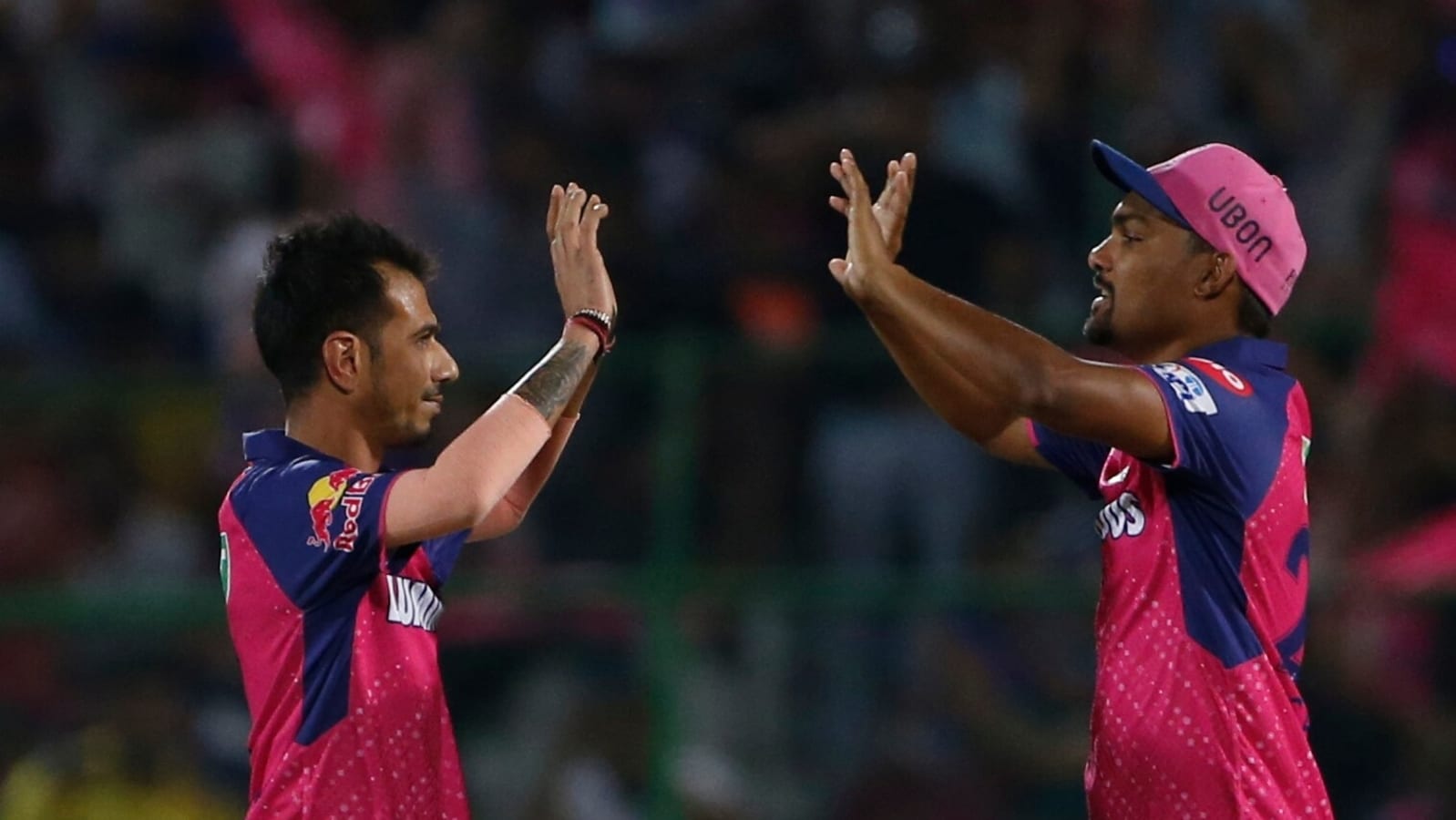
[ad_1]
The introduction of the Impact Player rule, going by the concept of other team sports like football, rugby and basketball, in the 2023 season of the Indian Premier League (IPL) added a new dimension to T20 cricket. While the move initially received widespread criticism from cricket pundits, who feared that it would eventually negate the role of all-rounders in the match, it emerged as a key tactical element for teams across the 85 matches played in IPL since its introduction. However, on Saturday, Lucknow Super Giants exposed a loophole in the concept when they introduced Afghanistan’s Naveen-ul-Haq as the Impact Player for wicketkeeper-batter KL Rahul during their batting innings in the IPL 2024 match against Punjab Kings at the Ekana Stadium.

What does the Impact Player rule say?
According to the concept, each team needs to name a playing XI and five substitute fielders at the time of the toss. From those list of substitute players, can a team pick one as an Impact Player. Both teams can make use of this rule only once in the game, albeit they can opt against it as well.
Based on the regulations released in 2023, it further mentions that an Impact Player can only be an Indian player unless there are less than 4 overseas players in the Playing XI. Meanwhile, an overseas player can be used as an Impact Player only in a situation where a team nominates less than overseas players in the starting XI. Only an overseas player who is part of 5 substitutes named in the team sheet can be used as an Impact Player. If a team introduces an overseas player as an Impact Player in a match, in no circumstance can a 5th overseas player take the field.
What did Lucknow Super Giants do?
LSG, who won the toss and opted to bat first against PBKS, had only three overseas players in their starting XI – Quinton de Kock, stand-in skipper Nicholas Pooran and Marcus Stoinis.
Following the dismissal of Pooran at the start of the 16th over, Krunal Pandya walked in, implying that Lucknow were still contemplating their Impact Player substitution. If they needed more batting, they could get in Ashton Turner, but if they had fewer deliveries left, they would more likely get in a specialist bowler. The home team eventually went with the batter option after they were left with just eight balls in the innings when their last specialist batter, Ayush Badoni, departed. Hence, they introduced Naveen, but in place of Rahul.
How did LSG expose the IPL loophole?
With LSG having named only three overseas players in the starting XI and based on the aforementioned Impact Player rule, they were well within rights to go ahead with the Naveen-Rahul swap. But what makes it debatable is that Rahul already batted in the innings scoring 15 off 9. Didn’t the swap leave Lucknow with 12 players in the line-up at one time when the IPL playing conditions on Impact Player says: “In any situation, only 11 players can bat”? What would have happened had Naveen been dismissed as well? Would the umpires have allowed Lucknow to allow Mayank Yadav and M Siddharth to bat as well, who were both in the starting XI?
What the LSG act indicates is that the batting side will get an extra batter, without replacing a bowler, by simply swapping a specialist batter with a player who has been dismissed. And that would in turn, imply that the bowling team can swap a bowler, after he completes his quota of overs, with another specialist option, who will also be allowed to bowl 4 overs. What sparks this debate is that the IPL rule book has no reference to this loophole.
[ad_2]
Source link









